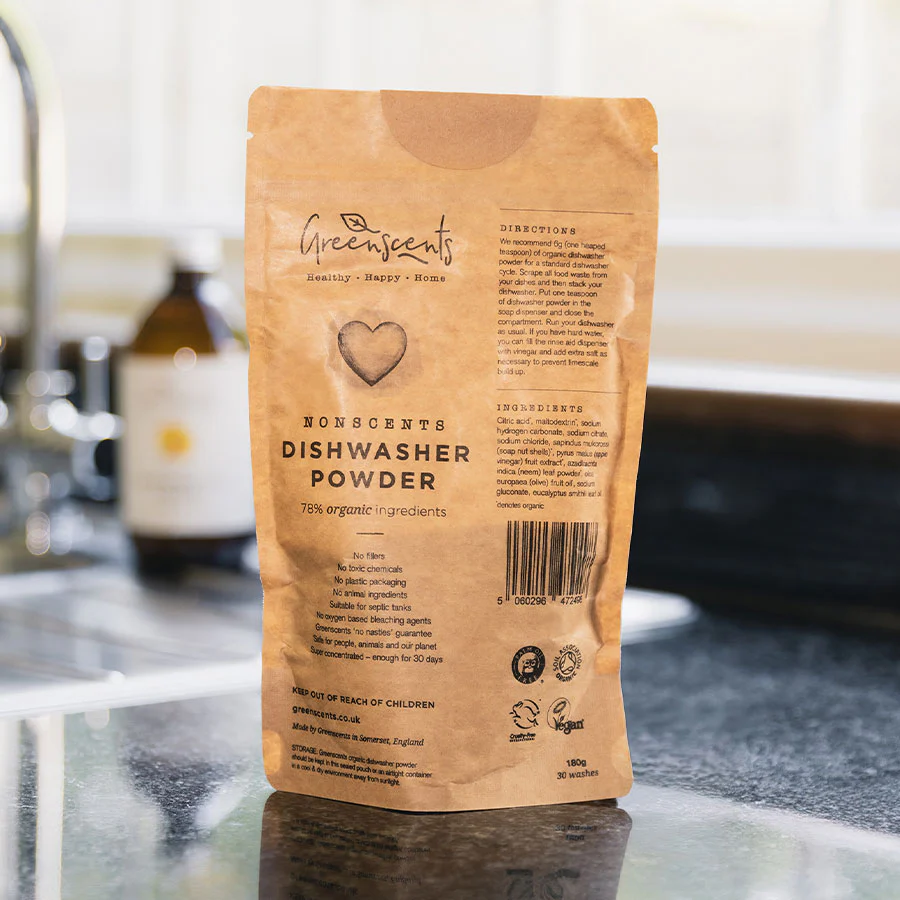How to Drastically Reduce Your Energy Bills

One of the main 9 things we can do to help reduce climate change is to move away from fossil fuels. In fairness, this has to be mostly from industry. Rather than bash us over the head with instructions to ‘go green’.
The real answer is to reduce oil-based economies by creating walkable communities full of farmers’ markets with organic food – all of this creates far less fossil fuels, than just one person changing suppliers.
How Much Of Your Bill is for Energy?
Although energy companies and MPs say that bills are high due to oil prices, the price you pay is not just for energy (that’s around a third of the bill). The rest is to cover operating costs, VAT and other charges. England has some of the highest energy prices in the world, by comparison.
Companies encourage us to pay by direct debit, based on estimates. But if they are wrong, you end up with the company making interest on money that could be in your account. It’s believed that over £3 billion is held in credit by energy suppliers in the UK.
Ofgem states that you have the legal right to claim this back, at any time. The website shows you how to do it, and you should receive your money back within weeks. If not, you can make an official complaint to them, to sort it out.
For bereavements, as well as the account and meter readings, you will also need a copy of the death certificate, alongside details of family members of executors.
What Happens If You Rent Your Home?
If you rent, your landlord or property manager might handle energy supply, so check with them first before switching yourself. Some rental agreements include energy supplier choices.
Where to Find Help for Energy Bills
- Ensure you are claiming entitled benefits (most unclaimed benefits are for vulnerable people – just one phone call could see many older people get Pension Credit, which is worth £11,000 extra a year, including qualifying for Winter Fuel Allowance).
- AGE UK Warm Homes program can help to install radiator boosters, draught excluders and energy-efficient lightbulbs, and can also help with benefits. One caller with dementia (who had been turning off her eating to save money) ended up £9000 a year better off.
- British Gas Bounce Back List lists over 200 places to find help with bills and grants, and includes a list of warm space café.
Simple Tips to Use Less Energy
By far, the best way to ‘go green’ is to save on the energy you use. Here are Energy Saving Trust’s top tips to save energy (which could save you up to £350 a year on bills if you do them all):
Turning down the thermostat could cause hypothermia in vulnerable people (oil-powered radiators give off cheaper and gentler heat than noisy convector heaters that pump out hot air, and could cause heatstroke in vulnerable people and pets).
- Draught-proof your windows and doors.
- Turn off unused lights (also stops light pollution and bird strike).
- Avoid tumble dryers. Dry your clothes naturally.
- Switch appliances (not your fridge/freezer!) off standby.
- Top up your hot water cylinder insulation.
- Don’t overfill your kettle, fit tap aerators
- Run a more sustainable washing machine
- Run your dishwasher on full loads.
- Swap your bath for a shower. And spend less time in it!
Switch to Energy Efficient Light Bulbs
Energy-efficient light bulbs cost more to start with, but last years and save a fortune in the long-run. They also don’t ‘flicker’. And if you have old bulbs that only come on gradually when you switch the light on, these will solve that problem!
Install Radiator Boosters
Radflek is a clever radiator booster (costs around £25) that has quick payback, as it reduces the amount of heat going from your radiator through the wall, and out into the fresh air. It’s a modern take on the ‘putting foil behind your radiator’. The site has full instructions on how to fit and use.
Ensure Your Home is Insulated
The Green Party and Lib Dems both want a nationwide program to insulate every home in the UK (that is not already insulated). This would not only keep people and pets warm, but massively reduce energy bills for both heating and cooling.
Take the Free Carbon Calculator
Take the free carbon calculator. Created by the co-founder of Mitchell & Dickinson (which specialises in reducing energy bills for listed buildings using a modern alternative to double glazing). By taking the advice from results, you’ll not only reduce your footprint, by save a fortune on energy bills.
A third of emissions are from heating draughty buildings. Britain has 27 million homes, so if we knocked them all down (and old buildings are part of her heritage) and built new ones, it would take 270 years. Retrofitting insulation can save owners of older homes over £1000 a year. Mukti Mitchell
His company would like to insulate Buckingham Palace, National Trust buildings and churches, that all spend a fortune on energy bills.
Which ‘Green Energy’ to Choose?

Ecotricity is presently the only greener supplier that does not animal waste from abattoirs or factory farms (which obviously make money from selling it). Businesses with solar panels can sell excess energy back to them, for passive income. Founder Dale Vince owns EcoTalk, a phone company powered by this energy, that uses profits to fund rewilding projects.
Is it Worth Installing Solar Panels?
The sun is a large nuclear reactor that can release photons (pockets of energy) to create energy when photons hit solar panels (made from silicone dioxide – refined sand). Inverters change direct current (like from an AA battery) to alternating current (like from the grid).
Solar energy does have wildlife issues (abroad, some creatures have been incinerated), though some solar farms are creating wildlife corridors and alternative fencing methods to try to keep wildlife away, and using repurposed mine land. Others leave surrounding areas to ‘rewild’ and avoiding mowing lawns during breeding seasons.
England obviously gets less sun. Oxford University’s Physics Department has recently created solar power, without silicon panels. Their light-absorbing material is for coating onto mobile phones, rucksacks and even vehicles.
Solar panels are now installed on 1 in 20 buildings in England, with quick payback times for schools, hospitals, prisons and large offices, that can sell excess energy back to the grid.
Modern systems have attached batteries, so can be installed on flat or sloping roofs to face any direction, and ‘store energy’ while you’re out, to use at night (watching TV, cooking, baths etc).
Any installation under 50 kilowatts should be conducted by an installer registered with MSC (Microgeneration Certification Scheme) the standards body for small-scale sustainable energy systems. This ensures installations are safe.
Wind Power: Help Birds and Bats Stay Safe
It’s true that sometimes wind turbines harm birds and bats, but things are getting better. There are now bladeless turbines (that vibrate in the wind and are said to be more bird-and-bat-friendly). And in the Netherlands, it’s been found that painting one blade black, can help to reduce bird strike.
Beyond that, wind farms study bat patterns to schedule when turbines spin, often turning them off during peak bat activity. This is part of ongoing research and adjustments that balance clean energy with wildlife care. So, wind power isn’t just about blowing away fossil fuels. It’s about doing so thoughtfully, with wildlife in mind.
Wave and Geothermal power
Wave energy is from ocean currents and tides, and again care must be taken to avoid impact on marine life. Geothermal energy taps heat from below the Earth’s surface to generate steady power (nearly all of Iceland’s energy is from this source).






